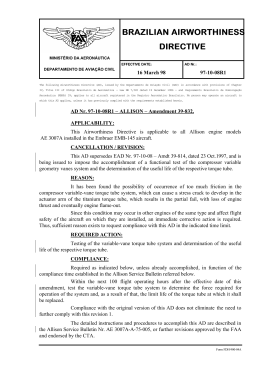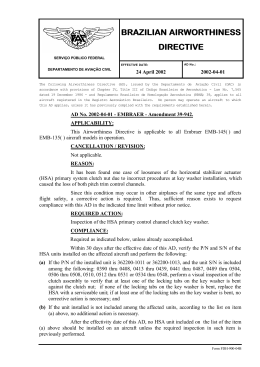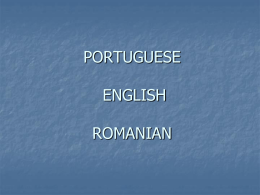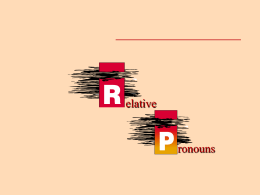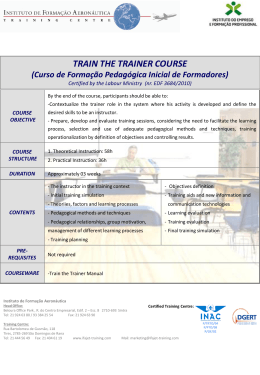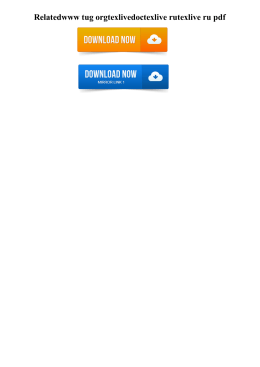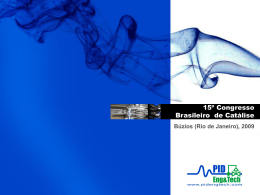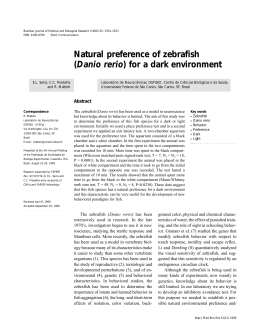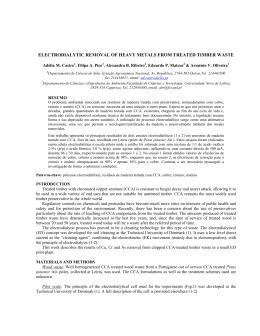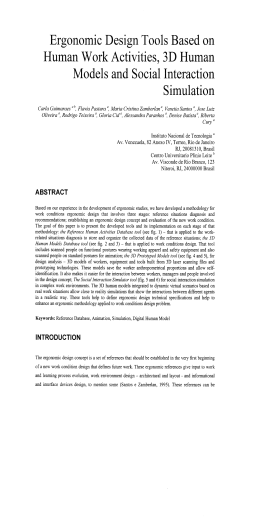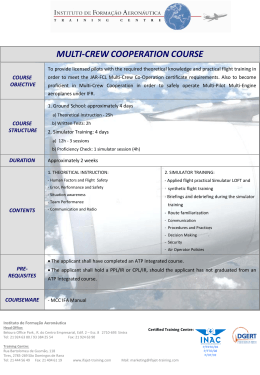RBHA-E 93 Regulamento Brasileiro de Homologação Aeronáutica Especial no 93 – RBHA-E 93. Este RBHA-E deve ser colocado junto ao RBHA 121 e complementa o RBHA-E 92A Este arquivo contém o texto do RBHA-E 93 no formato gráfico de uma coluna. O CONTEÚDO DESTE ARQUIVO PODE NÃO REFLETIR A ÚLTIMA VERSÃO DO RESPECTIVO RBHA-E. RBHA-E 93 DEPARTAMENTO DE AVIAÇÃO CIVIL AVIAÇÃO CIVIL REGULAMENTO BRASILEIRO DE HOMOLOGAÇÃO AERONÁUTICA ESPECIAL 92A PROJETO DAS PORTAS E NORMAS DE ACESSO À CABINE DE PILOTOS RBHA-E 93 16/JUL/02 Este RBHA-E deve ser conservado junto ao RBHA 121 RBHA-E 93 SERVIÇO PÚBLICO FEDERAL DEPARTAMENTO DE AVIAÇÃO CIVIL PORTARIA DAC NO 761/DGAC, DE 26 DE JUNHO DE 2002 Aprova o RBHA-E 93 e incorpora-o à NSMA 58-121 O DIRETOR-GERAL DO DEPARTAMENTO DE AVIAÇÃO CIVIL, com base no art. 3O do Decreto nO 65.144, de 12 de setembro de 1969 e tendo em vista o disposto no item 5 do art. 5O da Portaria nO 453/GM5, de 02 de agosto de 1991, resolve: Art. 1O Aprovar o Regulamento Brasileiro de Homologação Aeronáutica Especial 93 (RBHA-E 93) “Projeto das Portas e Normas de Acesso à Cabine dos Pilotos” e apensá-lo à NSMA 58-121 (RBHA 121). Art. 2O Esta Portaria entra em vigor na data de sua publicação no D.O.U. Maj.-Brig.-do-Ar VENANCIO GROSSI Diretor-Geral Publicado no DOU 135, de 16/07/02. RBHA-E 93 PREFÁCIO Em cumprimento ao determinado pelo Código Brasileiro de Aeronáutica em seu Capítulo IV, artigo 66, parágrafo 1º, Lei 7565, de 19 de dezembro de 1986 e pelo item 5, artigo 5º da Portaria 453/GM5, de 02 de agosto de 1991, que dispõem sobre o Sistema de Segurança de Vôo de Aviação Civil - SEGVÔO, o Regulamento Brasileiro de Homologação Aeronáutica Especial no 93 – RBHA-E 93 -“Projeto das Portas e Normas de Acesso à Cabine dos Pilotos” estabelece padrões de segurança para as cabines de piloto de aviões categoria transporte. Este RBHA-E 93 complementa o RBHA-E 92A de 07 de fevereiro de 2002. Este RBHA-E é adotado nos termos da seção 10.27 do RBHA 10 e deve ser apensado ao RBHA 121. II RBHA-E 93 REGULAMENTO BRASILEIRO DE HOMOLOGAÇÃO AERONÁUTICA ESPECIAL No 93 PROJETO DAS PORTAS E NORMAS DE ACESSO À CABINE POS PILOTOS 1. APLICABILIDADE. Este RBHA Especial aplica-se a todos os operadores detentores de CHETA emitido segundo os RBHA 121 ou 135 que operam ou que pretendam operar aviões categoria transporte de configuração máxima para passageiros com 20 ou mais assentos entre o Brasil e os Estados Unidos da América. Este RBHA-E aplica-se também a detentores de certificado de homologação para fabricação e a requerentes de CHT para aviões a serem operados pelos operadores especificados neste RBHA-E; aplica-se, ainda, aos produtores de peças a serem usadas nas modificações aqui especificadas. Este RBHA-E 93 complementa o RBHA-E 92A emitido em 07 de fevereiro de 2002. 2. HISTÓRICO. Em 18 de junho de 2002 a Federal Aviation Administration dos Estados Unidos da América emitiu emenda ao FAR Part 129 cujo texto segue anexo a este RBHA-E, o qual passa a requerer certas modificações nos compartimentos dos pilotos. 3. AUTORIZAÇÃO DE DESVIOS. Permanecem válidas as autorizações de desvio contidas no RBHA-E 92A 4. DOCUMENTAÇÃO DE RETORNO AO SERVIÇO. Permanecem válidas as orientações para retorno ao serviço contidas no RBHA-E 92A 5. REQUISITOS PARA MODIFICAÇÕES NA PORTA. Permanecem válidos os requisitos para modificações transitórias das portas contidos no RBHA-E 92A. Após 09 de abril de 2003 todos os aviões categoria transporte matriculados no Brasil e operados ou que se pretenda operar dentro de espaço aéreo sob jurisdição dos Estados Unidos da América devem possuir as modificações dos compartimentos de pilotagem de aviões categoria transporte contidos no RBHA 121, seção 121.313(j), mesmo tendo peso máximo de decolagem aprovado de 45.500 kg ou menos e uma configuração máxima com menos de 60 assentos para passageiros 6. EXTINÇÃO DESTE RBHA-E. As provisões deste RBHA-E expiram em 01 de novembro de 2003 ANEXO: Texto das modificações do FAR Part 129 1 RBHA-E 93 ANEXO AO RBHA-E 93 PART 129—OPERATIONS: FOREIGN AIR CARRIERS AND FOREIGN OPERATORS OF U.S.-REGISTERED AIRCRAFT ENGAGED IN COMMON CARRIAGE 1. The authority citation for part 129 is revised to read as follows: Authority: 49 U.S.C. 1372, 40113, 40119, 44101, 44701–44702, 44705, 44709–44711, 44713, 44716–44717, 44722, 44901–44904, 44906, 44912, 46105, Pub. L. 107–71 sec. 104. 2. Section 129.11 is amended by adding a new paragraph (a)(5) to read as follows: § 129.11 Operations specifications. (a) * * * (5) Registration and markings of each aircraft that meets equipment requirements of § 129.28(a). 3. In § 129.13, paragraph (a) is revised to read as follows: § 129.13 Airworthiness and registration certificates. (a) Except as provided in § 129.28(b) of this part, no foreign air carrier may operate any aircraft within the United States unless that aircraft carries current registration and airworthiness certificates issued or validated by the country of registry and displays the nationality and registration markings of that country. ***** 4. Part 129 is amended by adding a new § 129.28 to read as follows: § 129.28 Flightdeck security. (a) After August 20, 2002, no foreign air carrier covered by § 129.1(a), may operate: (1) A passenger carrying transport category aircraft within the United States or on overflights unless the aircraft is equipped with a door between the passenger and pilot compartment that incorporates features to restrict the unwanted entry of persons into the flightdeck that are operable from the flightdeck only; or (2) A transport category all-cargo airplane, within the United States or on overflights, that has a door installed between the pilot compartment and any other occupied compartment on or after January 15, 2002, unless the door incorporates features to restrict the unwanted entry of persons into the flightdeck that are operable from the flightdeck only. (b) To the extent necessary to meet the requirements of paragraph (a) of this section, the requirements of § 129.13(a) to maintain airworthiness certification are waived until April 9, 2003. After that date, the requirements of § 129.13(a) apply in full. (c) After April 9, 2003, no foreign air carrier covered by § 129.1(a) may operate a passenger carrying transport category airplane, or a transport category all-cargo airplane that has a door installed between the pilot compartment and any other occupied compartment on or after June 21, 2002, within the United States or on overflights unless the aircraft’s flightdeck door installation meets the requirements of paragraphs (c)(1) and (2) of this section or an alternative standard found acceptable to the Administrator. 2 RBHA-E 93 (1) Resist forcible intrusion by unauthorized persons and be capable of withstanding impacts of 300 joules (221.3 foot-pounds) at the critical locations on the door, as well as a 1,113newton (250 pounds) constant tensile load on the knob or handle, and (2) Resist penetration by small arms fire and fragmentation devices to a level equivalent to level IIIa of the National Institute of Justice Standard (NIJ) 0101.04. (d) After August 20, 2002, no foreign air carrier covered by § 129.1 may operate a passenger carrying transport category airplane, or a transport category all-cargo airplane that has a door installed between the pilot compartment and any other occupied compartment on or after June 21, 2002, within the United States or on overflights unless the carrier has procedures in place that are acceptable to the civil aviation authority responsible for oversight of the part 129 operator to prevent access to the flightdeck except as authorized as follows: (1) No person other than a person who is assigned to perform duty on the flight deck may have a key to the flight deck door that will provide access to the flightdeck. (2) Except when it is necessary to permit access and egress by persons authorized in accordance with paragraph (d)(3) of this section, a pilot in command of an aircraft that has a lockable flight deck door in accordance with § 129.28(a) and that is carrying passengers shall ensure that the door separating the flight crew compartment from the passenger compartment is closed and locked at all times when the aircraft is being operated. (3) No person may admit any person to the flight deck of an aircraft unless the person being admitted is— (i) A crewmember, (ii) An inspector of the civil aviation authority responsible for oversight of the part 129 operator, or (iii) Any other person authorized by the civil aviation authority responsible for oversight of the part 129 operator. Issued in Washington, DC, on June 14, 2002. Jane F. Garvey, Administrator. [FR Doc. 02–15524 Filed 6–18–02; 12:01 pm] 3
Download

